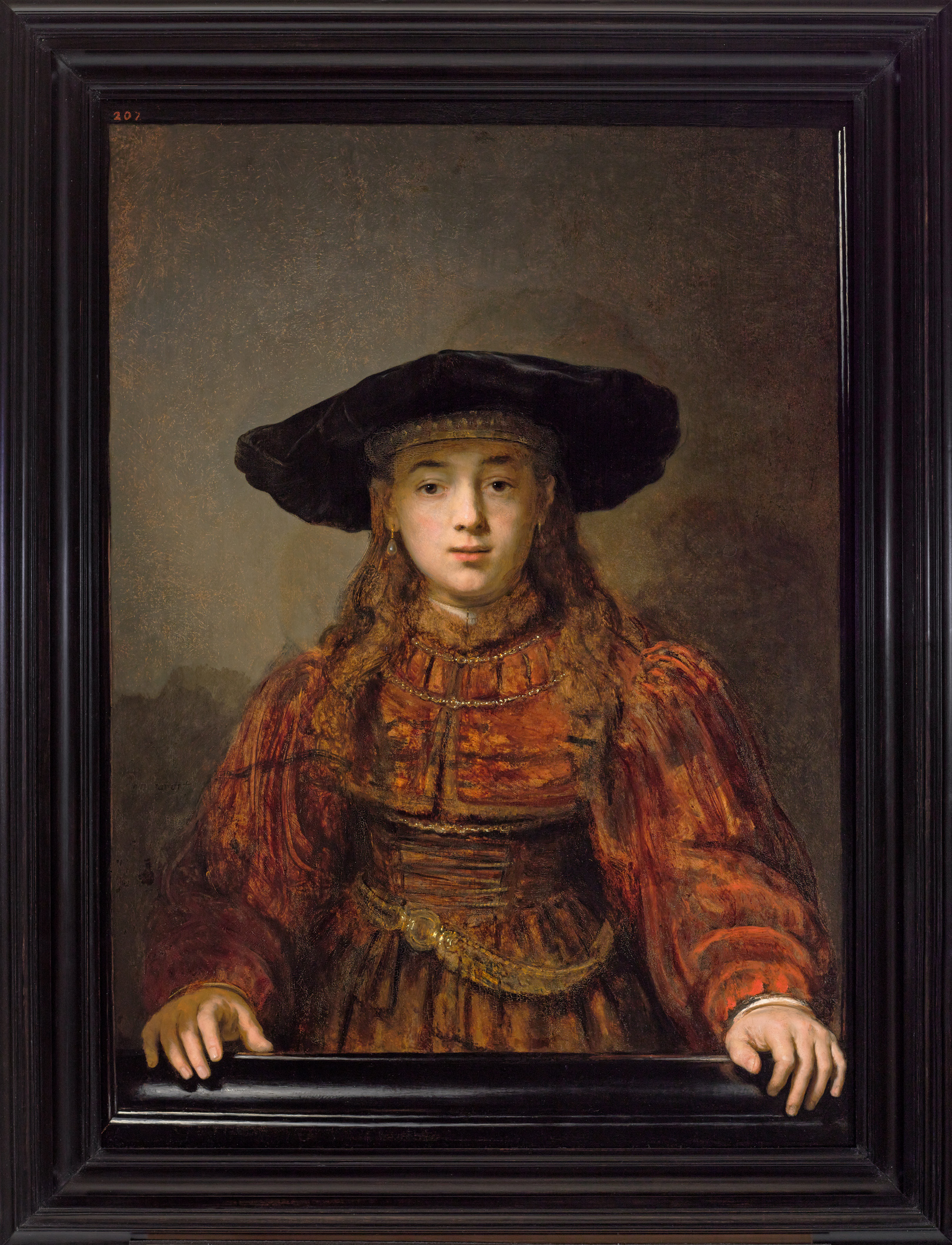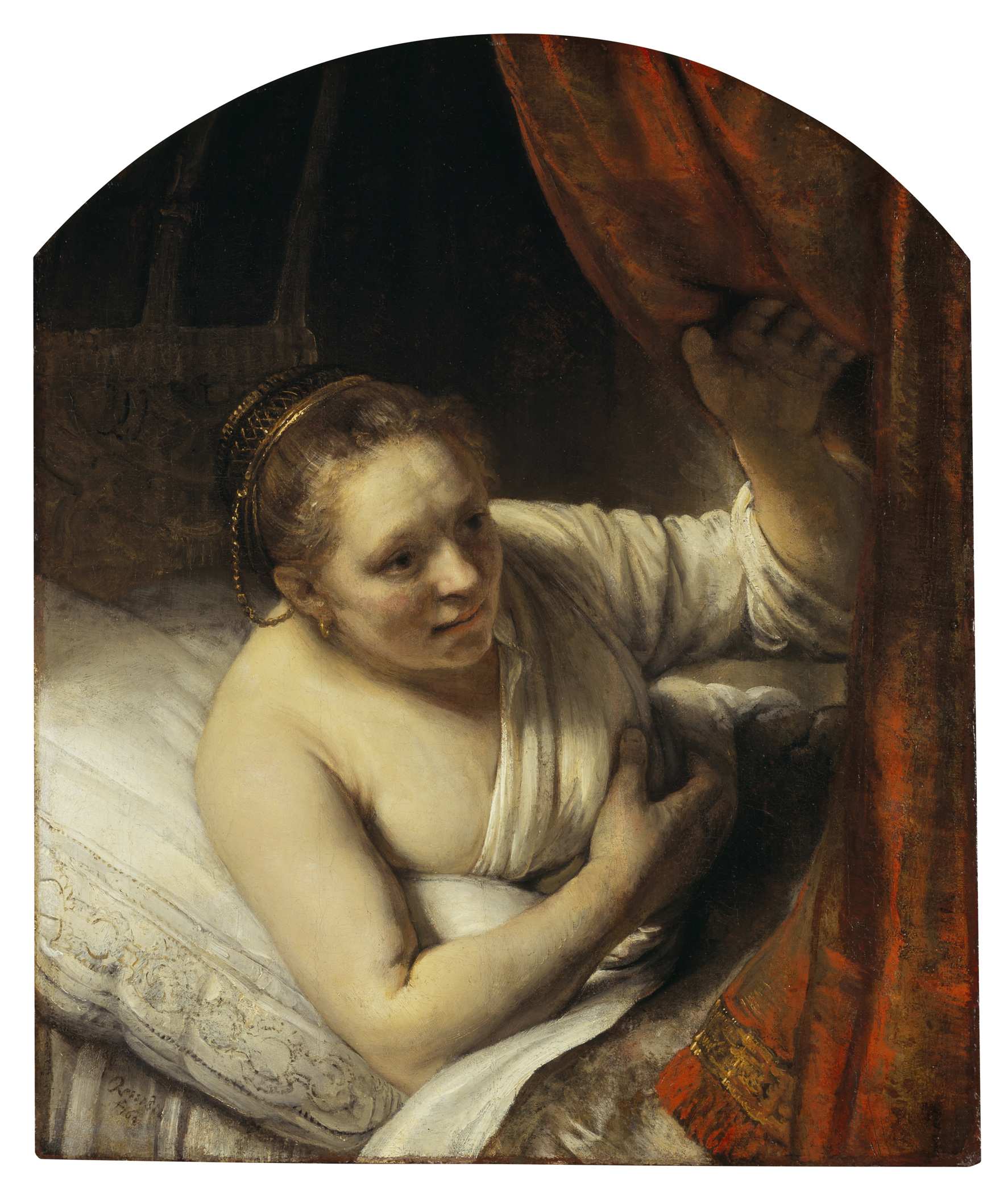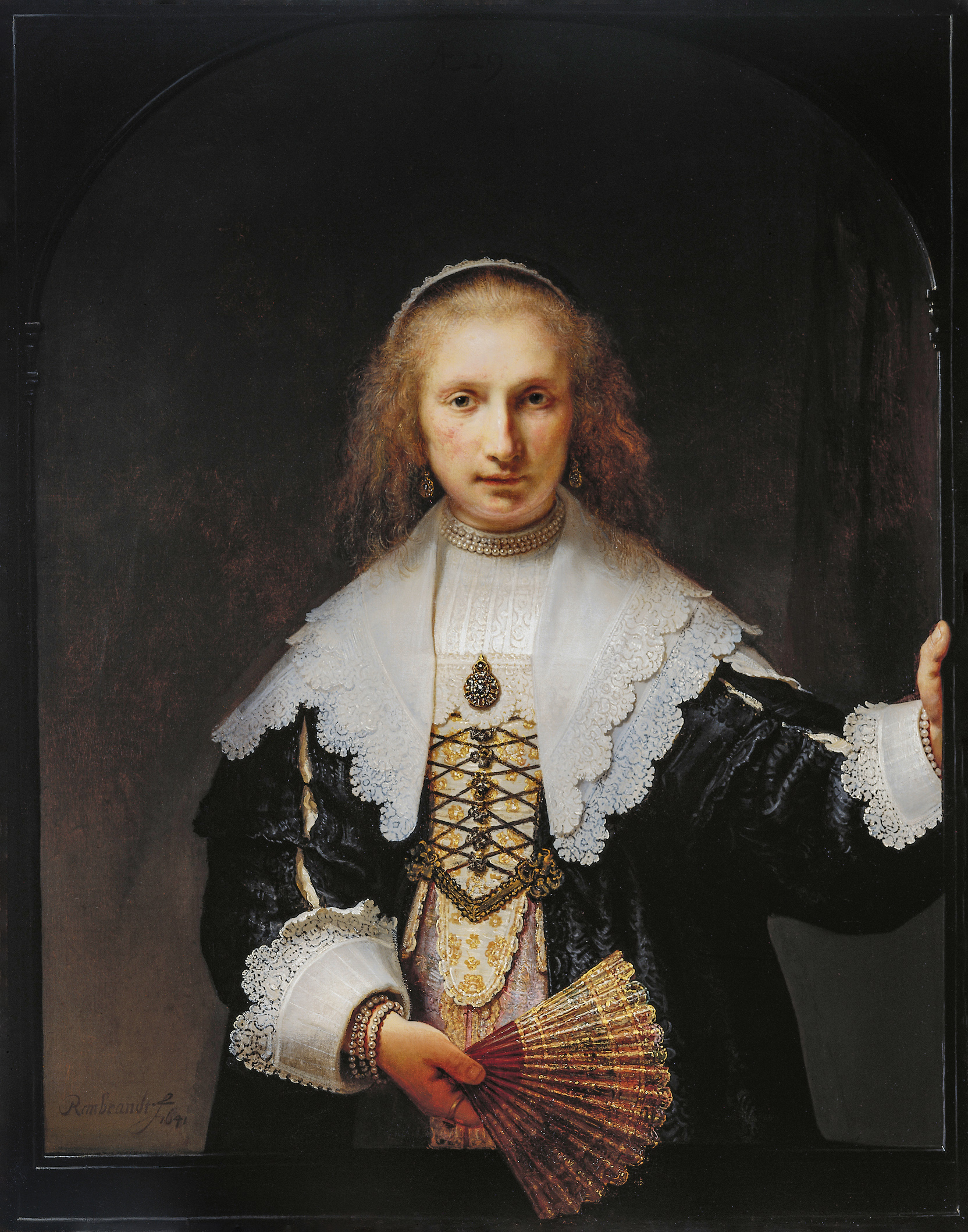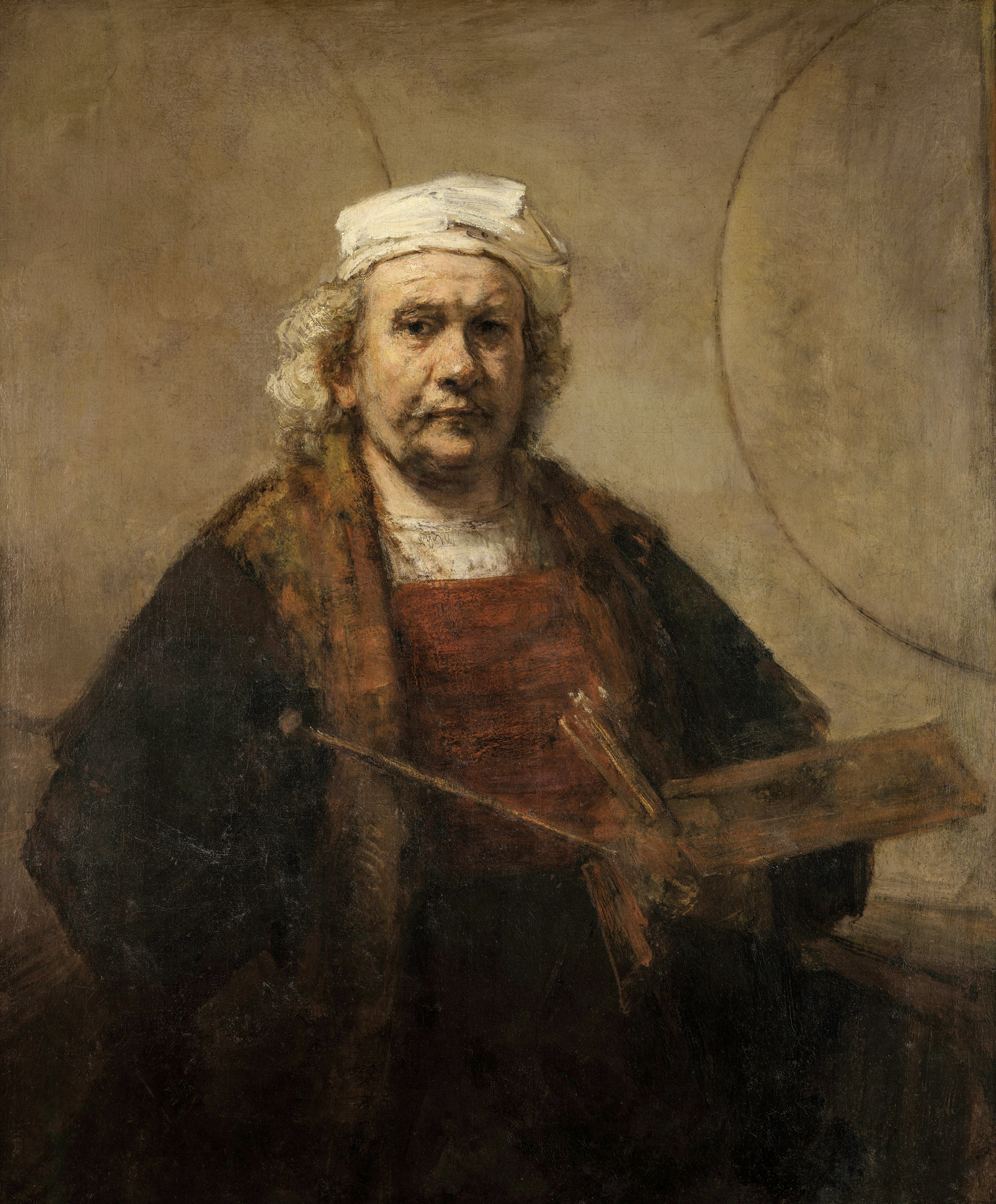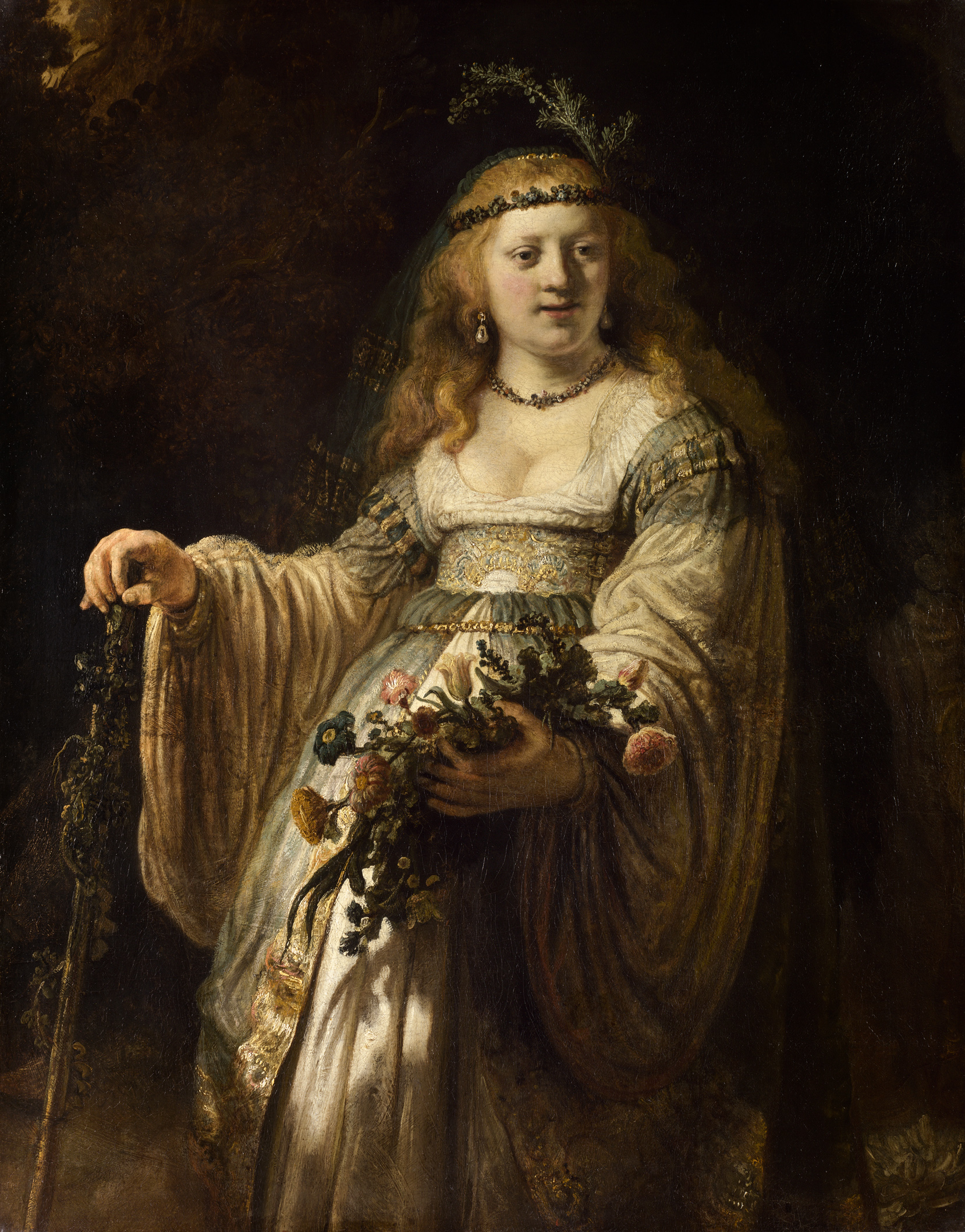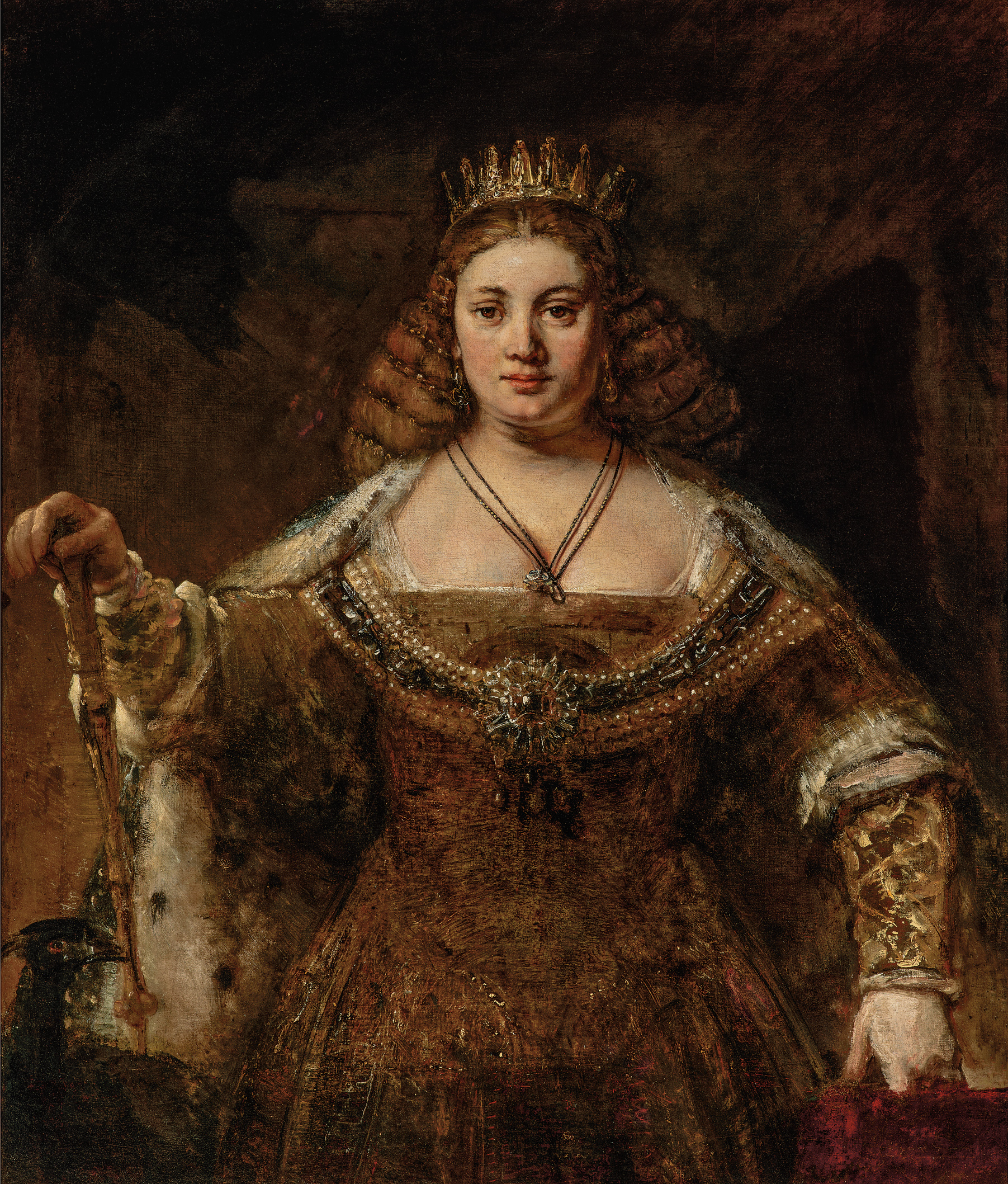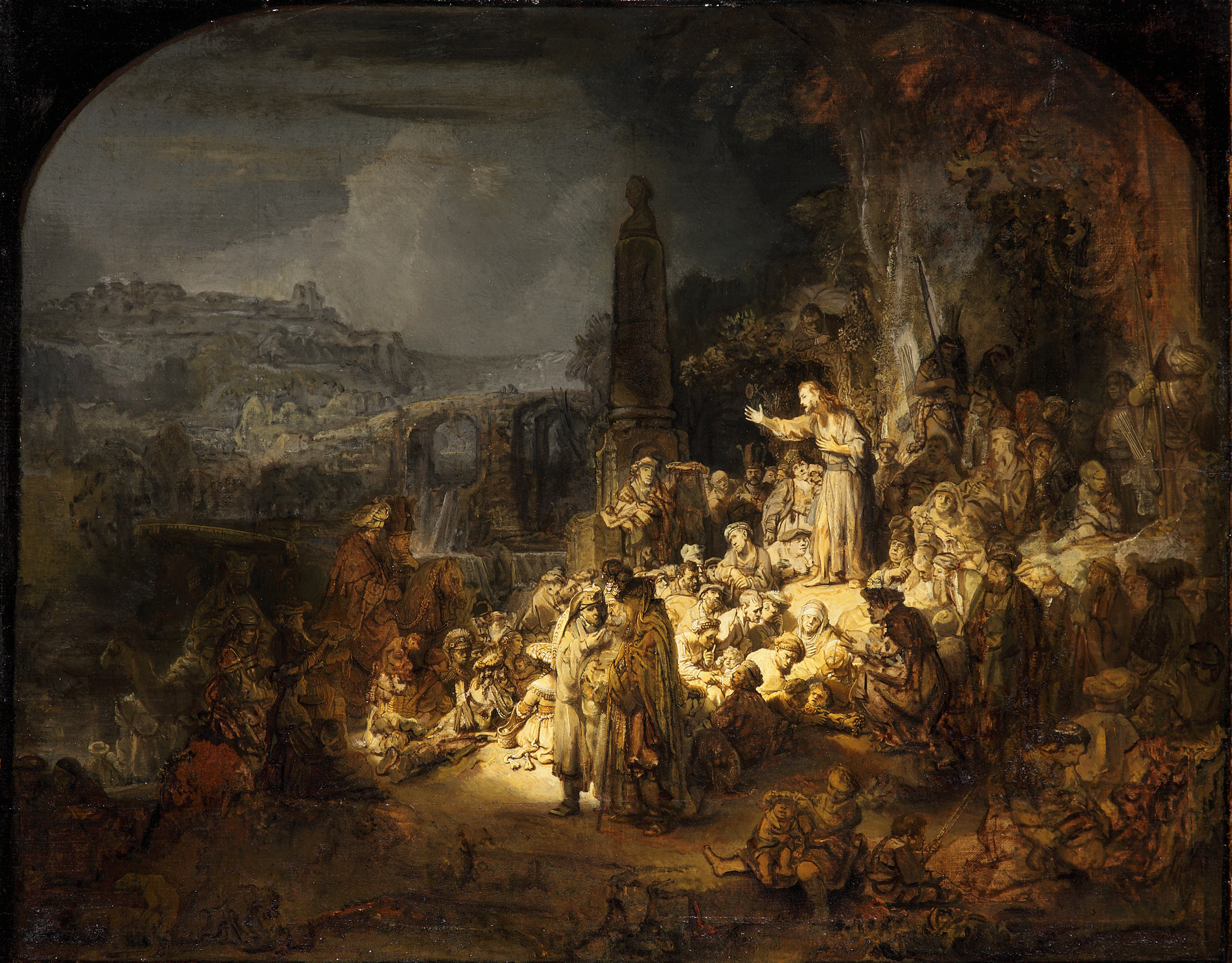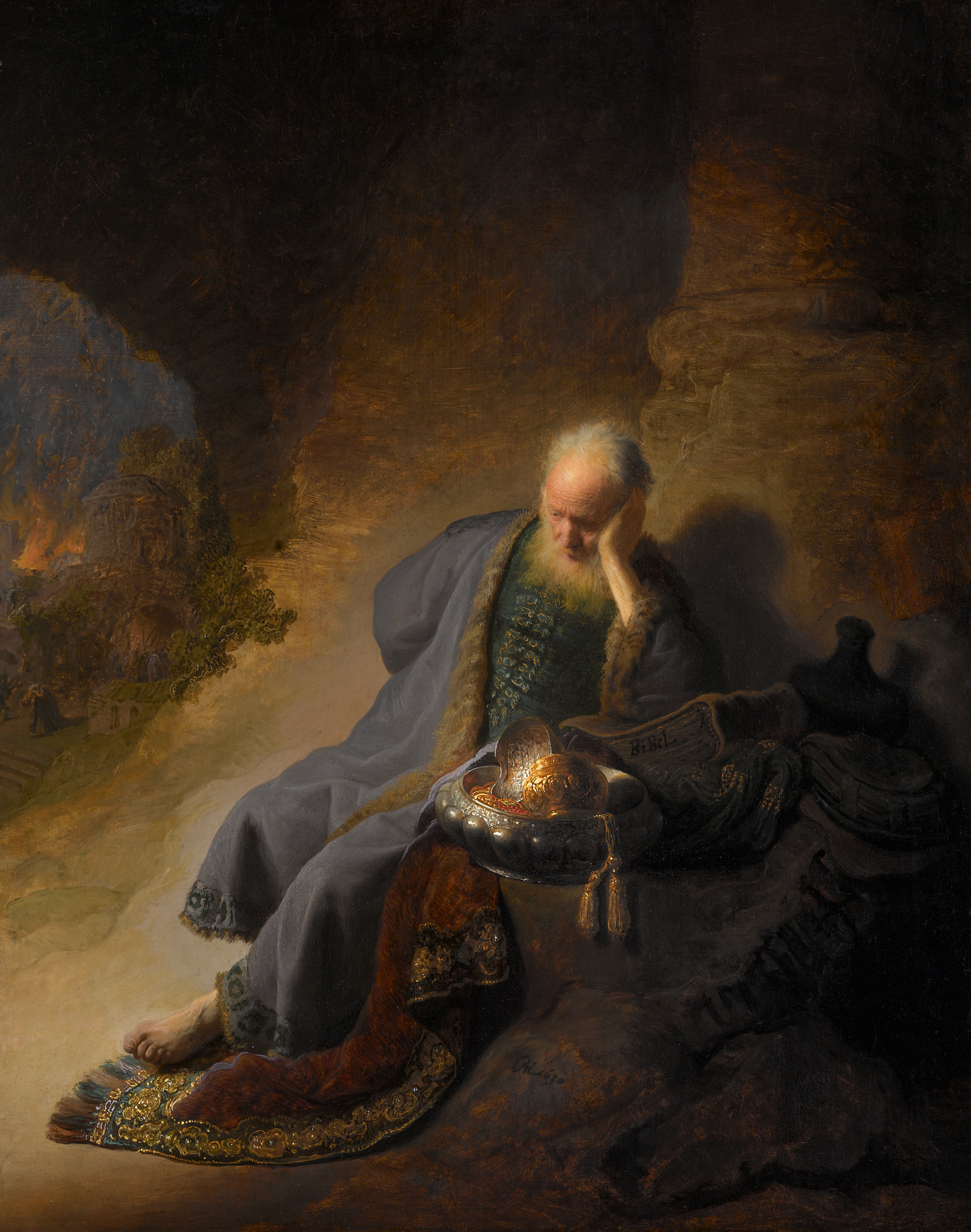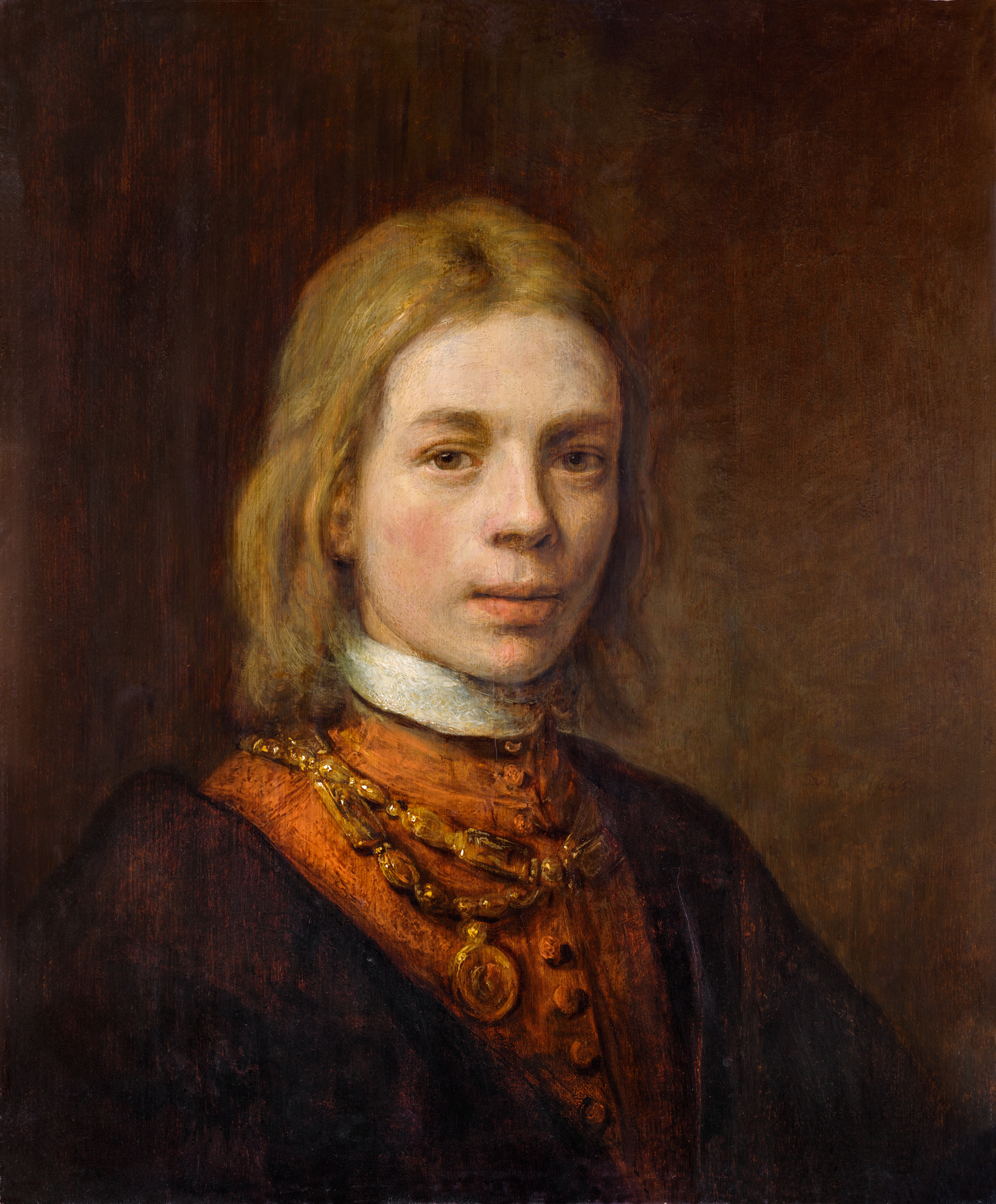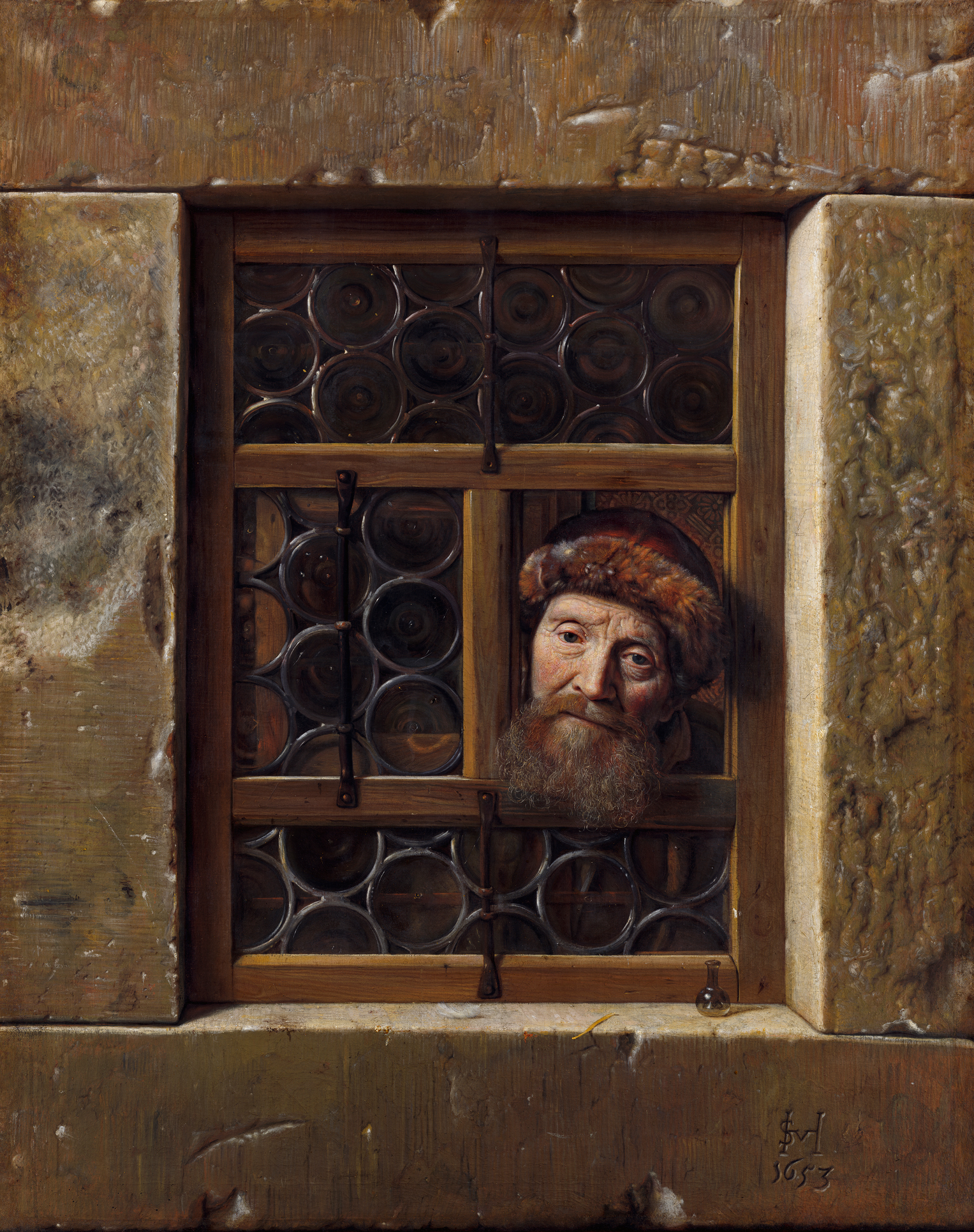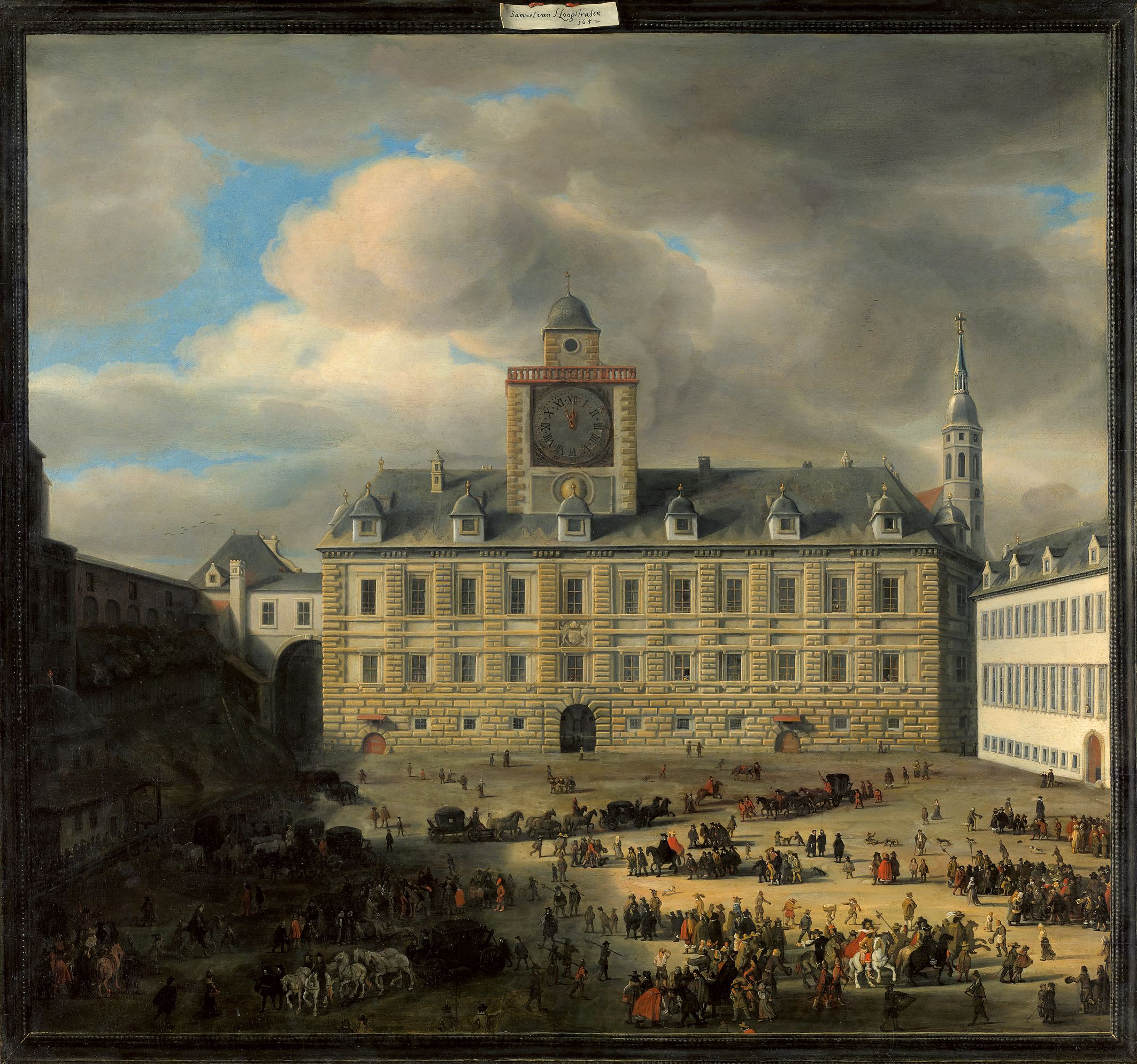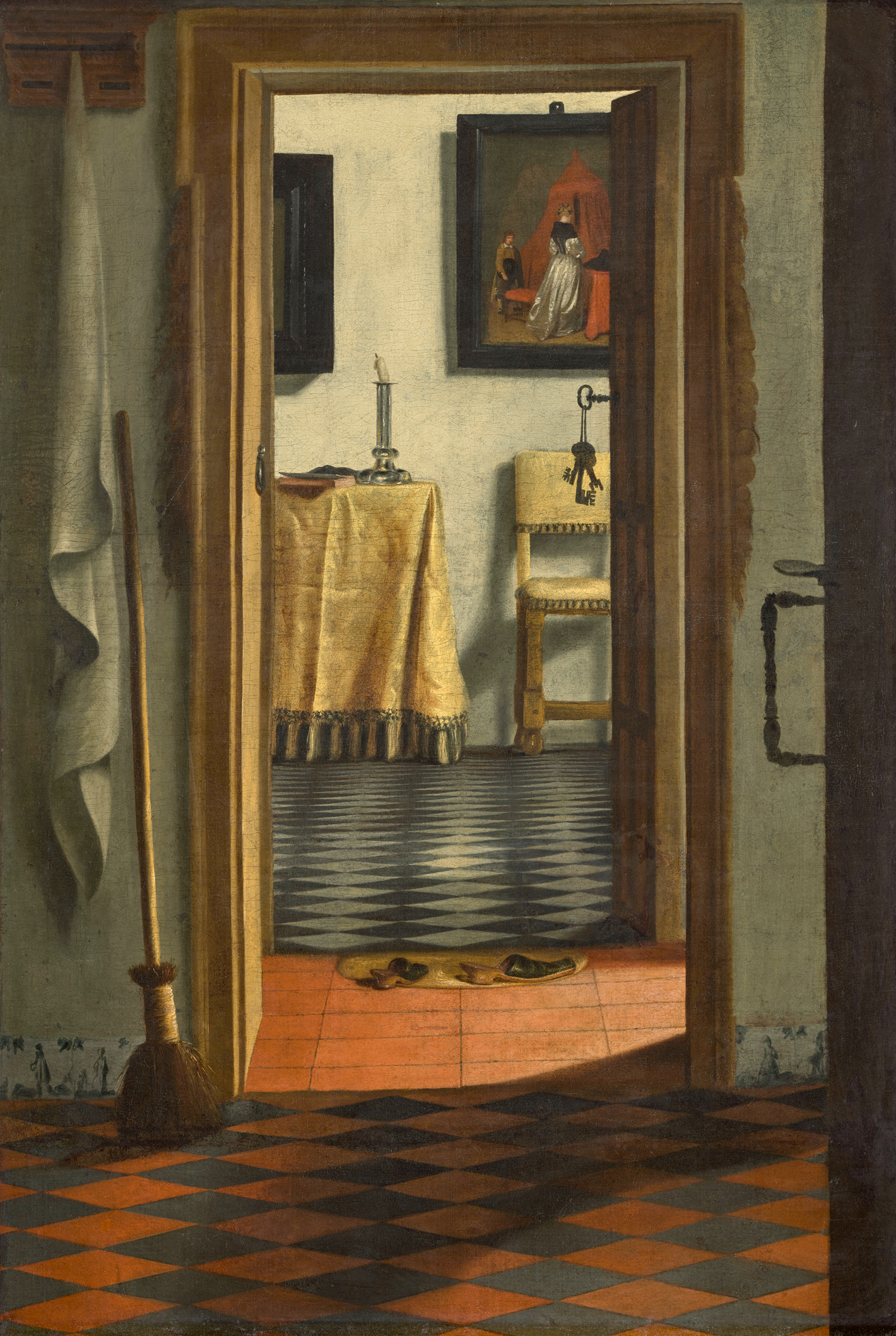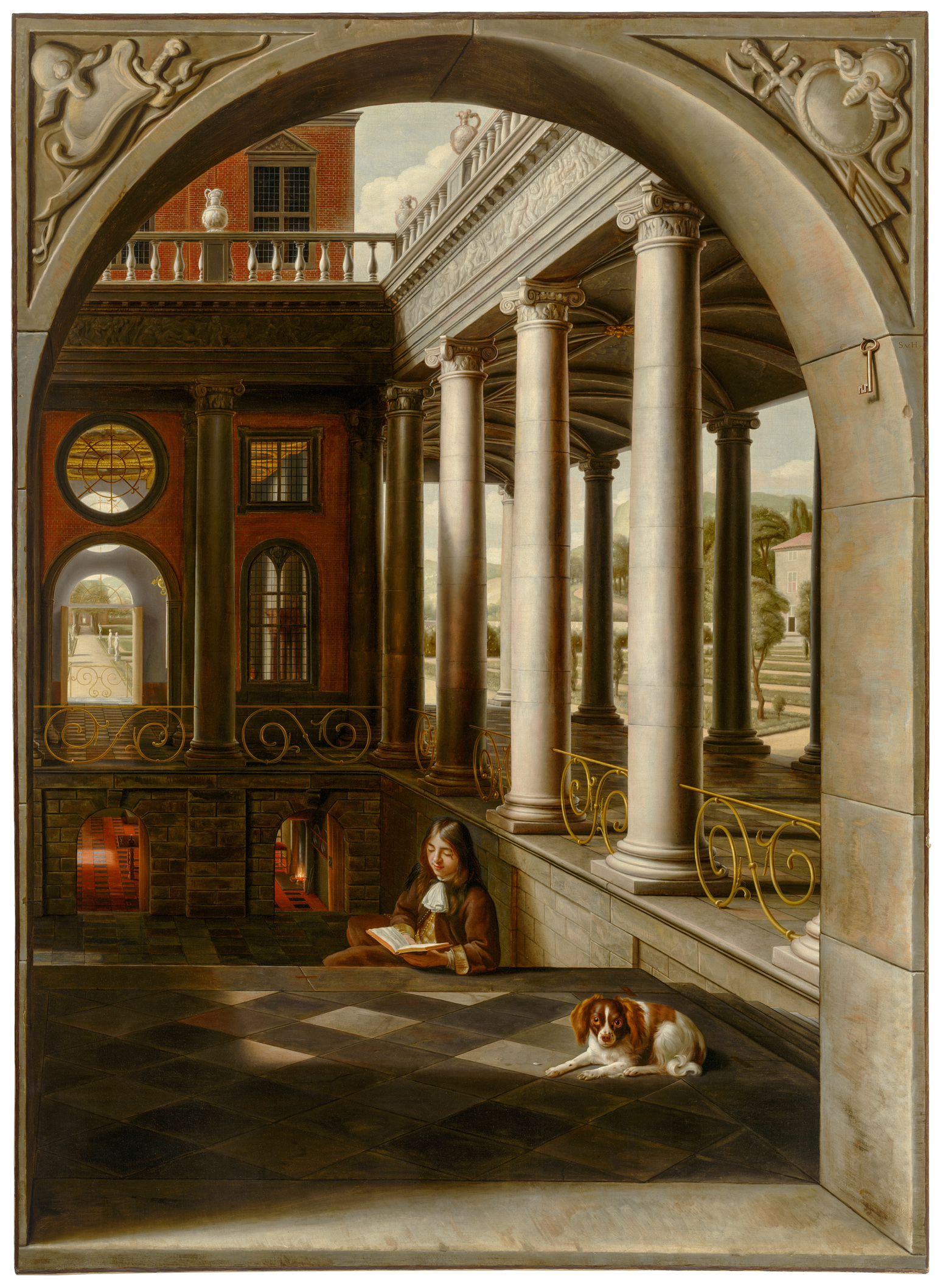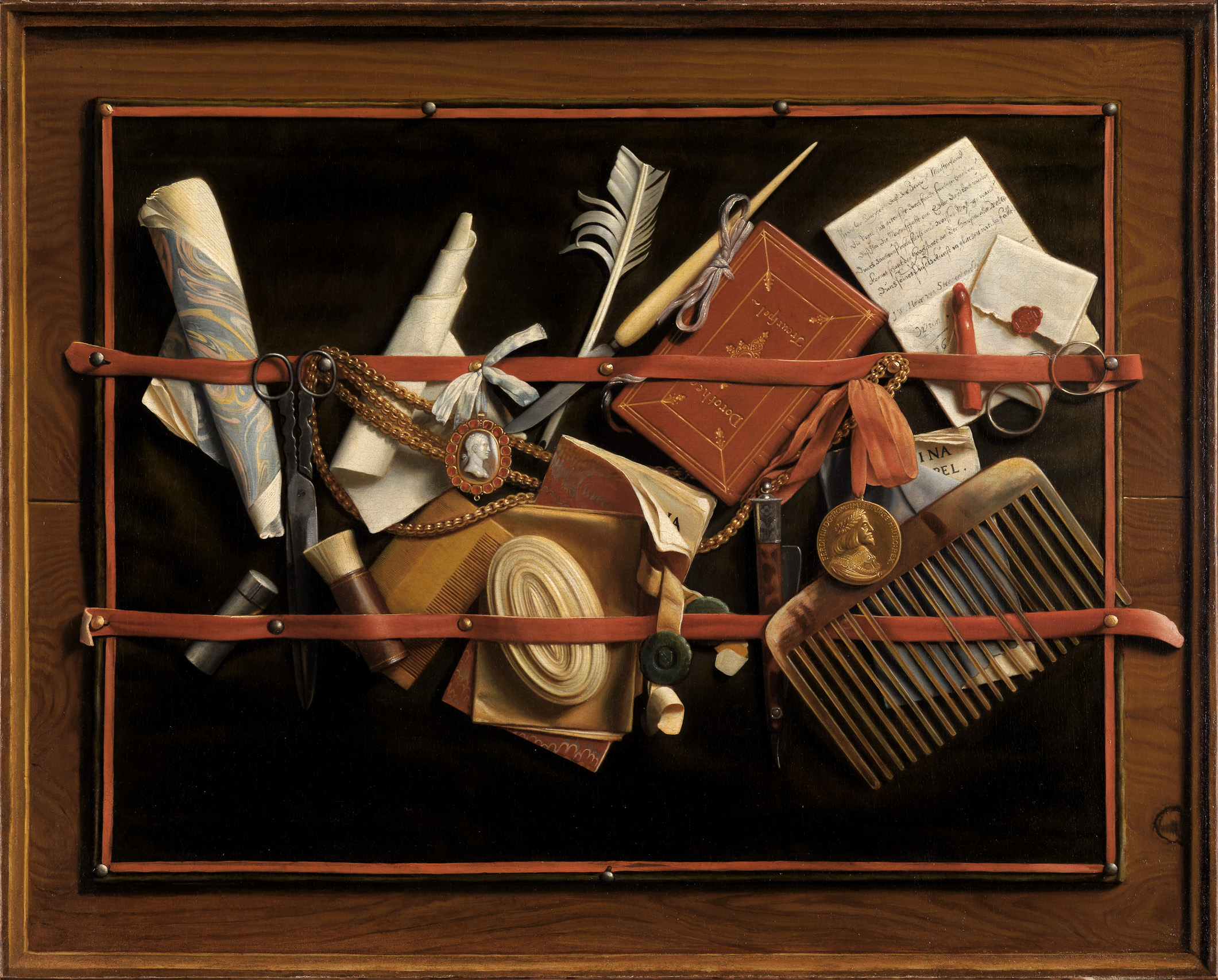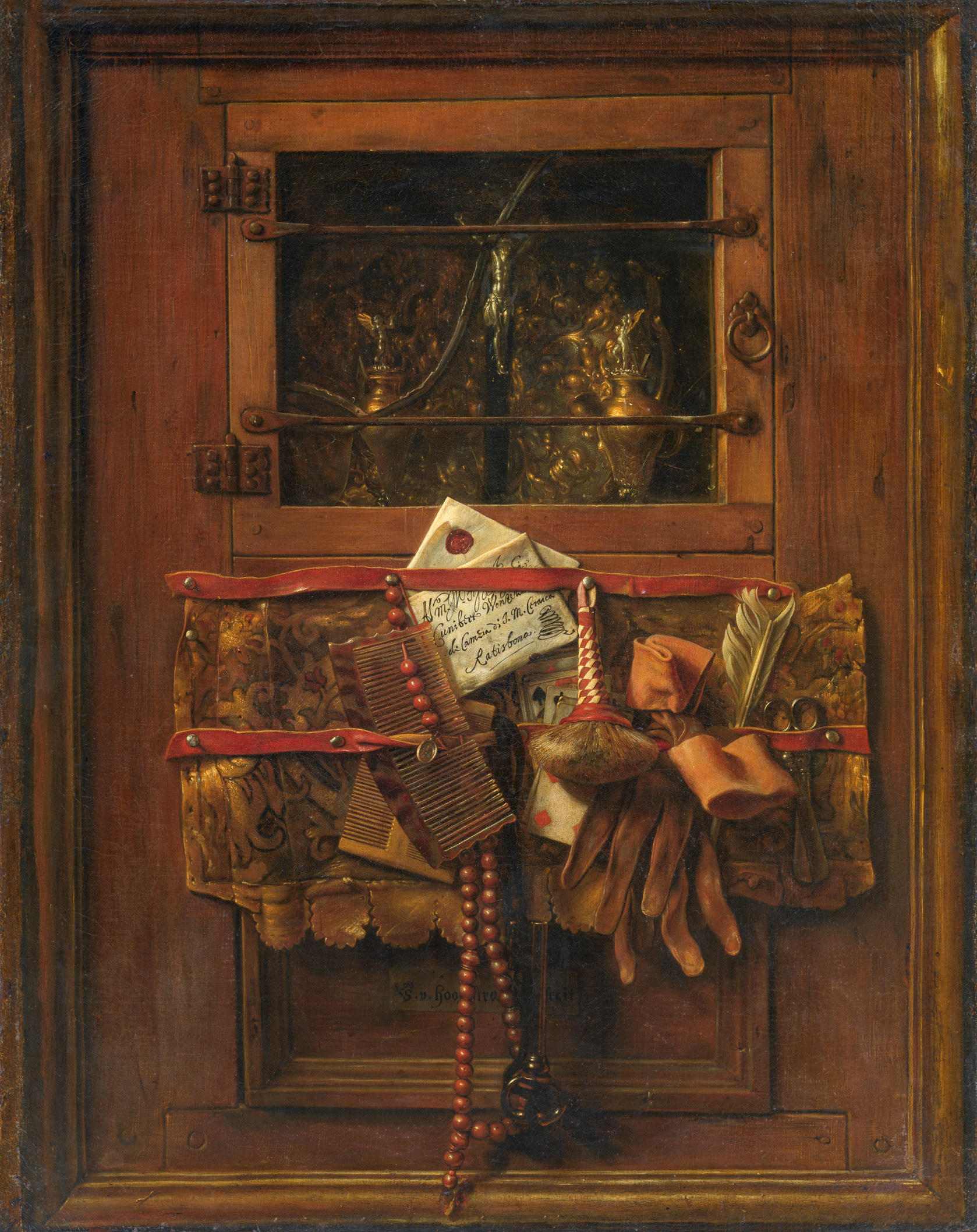Kunsthistorisches Museum Vienna
8 October 2024 to 12 January 2025
For the first time in its history, Kunsthistorisches Museum Vienna is dedicating a major special exhibition to Rembrandt Harmensz. van Rijn (1606–1669). Never before has it been possible to admire such an abundance of major works by the master, one of the most important Dutch Baroque painters, in Austria. The exhibition takes a special approach in contrasting Rembrandt’s paintings with works by his brilliant pupil Samuel van Hoogstraten (1627–1678). Rembrandt’s workshop was the centre of a lively exchange on artistic challenges: Both Rembrandt and Van Hoogstraten saw themselves as exploratory artists who were always seeking out new ways to depict nature and optical phenomena with deceptive truth to life. Rembrandt’s illusionistic skills also fascinated Van Hoogstraten and would yield a lasting influence on his works. The exhibited works from different genres bear witness to the competition between the two artists, but also show innovative pictorial inventions which helped Van Hoogstraten celebrate great successes at the court in Vienna.
Moreover, Van Hoogstraten’s Introduction to the Academy of Painting (Inleyding), published in 1678, provides a unique source of information on Rembrandt’s workshop practices, teaching methods and art theoretical opinion.
A Feast for the Senses
Light itself became the central protagonist in seventeenth-century Dutch painting. It plays a decisive role in the illusionist depiction of the visible and the invisible world, addressing all senses of the viewers.
Rembrandt and Van Hoogstraten are exceptional artists in the field of illusionism. The approx. sixty works chosen for this exhibition do particular justice to their innovative experiments with colour and lighting as well as their gift of creating deceptively convincing realities. Paintings from all creative periods of the two painters enter a dialogue. Visitors of the exhibition will gain exciting insights into the artists’ commonalities, individual developments in their works, and their artistic interplay.
This will be the first time that the multi-faceted work of the ambitious Samuel van Hoogstraten, who also found success at Emperor Ferdinand III’s (1637-1657) court in Vienna, will be highlighted in this context.
Prestigious Range of Works
The selection of works on show offers an unprecedented opportunity to see the Kunsthistorisches Museum’s Rembrandt and Van Hoogstraten collection together. They include Rembrandt’s Large Self-Portrait and Small Self-Portrait, The Prophetess Anna, Portrait of a Man, Portrait of a Woman and Titus van Rijn, the Artist’s Son, Reading as well as Van Hoogstraten’s Old Man at the Window and Inner Courtyard of the Vienna Hofburg in a Feigned Picture Frame. They are joined by loans from renowned Austrian and international institutions. The highlights include, among others, Rembrandt’s Girl in a Picture Frame from the Royal Castle in Warsaw, his A Woman in Bed from the National Galleries of Scotland, Edinburgh and his St John the Baptist Preaching from the Staatliche Museen zu Berlin, as well as Van Hoogstraten’s Feigned Letter-Rack Painting from the Staatliche Kunsthalle Karlsruhe, his Self-Portrait from Liechtenstein. The Princely Collections, Vaduz-Vienna and his Perspective View with a Young Man Reading in a Renaissance Palace from the Dordrechts Museum. Further important loans come, among others, from the Picture Gallery of the Academy of Fine Arts Vienna, the Royal Collection London, the Museé du Louvre Paris, the Nationalmuseum Stockholm, the Museo National Thyssen-Bornemisza Madrid, the Fine Arts Museums San Francisco, the Armand Hammer Collection in Los Angeles, the Leiden Collection in New York and from private loans.
Rembrandt as a Teacher
At the start of the exhibition, visitors encounter two self-portraits that show the two protagonists at the time of their collaboration in Rembrandt’s workshop during the early 1640s. The great stylistic proximity of the promising pupil Van Hoogstraten (who was only eighteen years old at the time) to his teacher is tangible in these two paintings.
The room opens the exhibition’s multi-faceted theme around both painters’ masterly use of colour. Their skilled application of colour effects enabled them to depict light and shadow true to nature in such a way that their works attain an impressive three-dimensionality and even the illusion of slight movement.
This is particularly striking to see in Rembrandt’s The Holy Family with a Curtain from Museumslandschaft Hessen Kassel, Schloss Wilhelmshöhe. Van Hoogstraten’s treatise on painting, the Inleyding, is also in the spotlight here. It is a unique written source for understanding Rembrandt’s art and an invaluable contribution by the pupil to his teacher’s posterior fame. In this publication, Van Hoogstraten especially admires the incomparable power of the colours in Rembrandt’s pictures, the astonishing illusionism of his works and his unique gift to depict a fascinating range of emotions. As an example, he cites Rembrandt’s history painting St John the Baptist Preaching, which is on view in the exhibition and features over a hundred expressive figures to be discovered.
Deceiving the Eyes
The second room of the exhibition is dedicated to the fascinating topic of illusionistic effects. Essential elements for the effective ‘deception of the eyes’ are frame, position, colour, and lighting of the work. The artists considered these from the outset, taking into account the place where the work was to be displayed. Rembrandt was a master of these; particularly in his portraits, he played with the limits of human perception between the pictorial space and the space of the viewer. By integrating feigned picture frames and architectural vistas as well as the dramatic use of light, he gave his figures exceptional presence and depth. This is the first time that all Rembrandt paintings in which he uses these illusionistic tricks are brought together in one exhibition.
Rembrandt’s ambitious pupil Van Hoogstraten sought to emulate him and even surpass him in the achievement of such optical illusions. Works depicting people who literally go beyond the painted frame – including Rembrandt’s Girl in a Picture Frame and Van Hoogstraten’s Old Man at the Window – are complemented by illusionistically painted letter-racks. These trompel’œil paintings invite us to reach out for every day objects that are painted with deceptive truth to life; they became Van Hoogstraten’s trademark. When he was granted an audition with Habsburg Emperor Ferdinand III in 1651, he was able to ‘trick’ the enthusiastic art collector with one such work.
Eclecticism and deceptive architecture
Samuel van Hoogstraten evolved into an eclectic artist who quickly appropriated a range of painting styles and knew to match his employers’ preferences. Still lifes, genre paintings and allegories give an insight into the exceptional breadth of Van Hoogstraten’s oeuvre. His deceptive architectural vistas are among his cleverest pictorial inventions.
The Inner Courtyard of the Vienna Hofburg, a pinnacle of trompe-l’œil painting that originally even contained a functioning small clock and thus addressed many senses, leveraged his successful career at the Viennese imperial court. The exhibition also presents Van Hoogstraten’s Perspective View with a Young Man Reading in a Renaissance Palace, which already draws the viewers in from Room I.
Rembrandt, who also considered himself a researching artist, passed this role on to Van Hoogstraten. Both painters had an interest in science that particularly focused on optics, the natural play of light, and interior lighting. Background knowledge on this fascinating topic, on perspective, colour, and illusion is provided in the exhibition’s side rooms. These show impressions of workshop practices, supported by the Inleyding, and compare examinations of paintings by Rembrandt and Van Hoogstraten that illuminate their painting techniques.
Universal Artists
The final room of the exhibition is dedicated to history painting – biblical, mythological, and historical scenes. It is considered the foremost genre in the hierarchy of painting. On show are paintings by Rembrandt that illuminate his masterly treatment of light as well as his touch for staging and theatricality. An exemplary instance of that is his Juno from the Hammer Museum in Los Angeles. It is the first time that Van Hoogstraten’s treatment of Antiquity in his painting Triumph of Truth and Justice is on public view.
Both Rembrandt and Van Hoogstraaten confidently lay claim to being universal artists whose expertise encompasses the entire visible world. Thus the two successful painters encounter each other again in two late self-portraits at the end of the exhibition.
Timeless phenomenon
The illusionism of the seventeenth century continues to fascinate until today, in a time when virtual realities and AI-generated pictorial worlds are ever-present. An interactive space at the end of the exhibition allows the audience to play with this timeless phenomenon. A 3-D reconstruction of Van Hoogstraten’s perspective box was made especially for this exhibition (the original is in the National Gallery, London), an interactive projection of his Shadow Dance and a digital hands-on letter-rack featuring objects from compositions by Van Hoogstraten as well as twenty-first century items serve as a link to the here and now.
The accompanying digital CGI (Computer Generated Images) campaign for the exhibition also impressively illustrates the greatness and significance of the work of the two masters. The two poster objects of the exhibition fly over Maria-Theresien-Platz in deceptively real animations ˗ larger than life ˗ and finally land in front of the Kunsthistorisches Museum. The slogans “Run, It's Rembrandt” and “Hello, Hoogstraten” welcome the two stars of art history to Vienna and emphasise the exhibition blockbuster in the digital space. The campaign was created by the agency papabogner and can be seen on the exhibition's website and on the Kunsthistorisches Museum's social media channels.
The exhibition was curated by Sabine Pénot, Curator of Netherlandish and Dutch Painting at Kunsthistorisches Museum.
The exhibition was designed by Serenella Zoppolat and Tilo Perkmann at Artvis.
Images
Rembrandt Harmensz. van Rijn
(1606 Leiden – 1669 Amsterdam)
Girl in a Picture Frame
1641
panel, 105.5 × 76.3 cm
The Royal Castle in Warsaw
© The Royal Castle in Warsaw – Museum
Photo: Andrzej Ring, Lech Sandzewicz
Rembrandt Harmensz. van Rijn
(1606 Leiden – 1669 Amsterdam)
A Woman in Bed (Sarah Awaiting Tobias)
1647
canvas, 81.10 x 67.80 cm (arched top)
Edingburgh, National Galleries of Scotland;
presented by William McEwan 1892
© National Galleries of Scotland, photo: Antonia Reeve
Rembrandt Harmensz. van Rijn
(1606 Leiden – 1669 Amsterdam)
Portrait of Agatha Bas
1641
canvas, 105.4 x 83.9 cm
London, The Royal Collection Trust / HM King Charles III
© His Majesty King Charles III 2024
Rembrandt Harmensz. van Rijn
(1606 Leiden – 1669 Amsterdam)
Self-Portrait with Two Circles
c.1665
Canvas, 116.3 x 97.2 cm
English Heritage, The Iveagh Bequest (Kenwood, London)
© English Heritage
Rembrandt Harmensz. van Rijn
(1606 Leiden – 1669 Amsterdam)
Saskia van Uylenburgh in Arcadian Costume
1635
Canvas, 123.5 x 97.5 cm
London, The National Gallery; purchased through the Art Fund, 1938
© The National Gallery, London
(1606 Leiden – 1669 Amsterdam)
Juno
1662/65
Canvas, 127 x 123.8 cm
Los Angeles, Hammer Museum, The Armand Hammer Collection;
gift of the Armand Hammer Foundation
© Hammer Museum, Los Angeles, US
Rembrandt Harmensz. van Rijn
(1606 Leiden – 1669 Amsterdam)
St. John the Baptist Preaching
1634/35
Canvas on panel, 62.7 x 81.1 cm
Staatliche Museen zu Berlin, Gemäldegalerie
Christoph Schmidt; Public Domain Mark
Rembrandt Harmensz. van Rijn
(1606 Leiden – 1669 Amsterdam)
Jeremiah Lamenting the Destruction of Jerusalem
1630
Panel, 58 x 46 cm
Amsterdam, Rijksmuseum; purchased with the support of private collectors,
the Vereniging Rembrandt, and the Stichting tot Bevordering van de Belangen
van het Rijksmuseum
© Rijksmuseum, Amsterdam
Rembrandt Harmensz. van Rijn
(1606 Leiden – 1669 Amsterdam)
The Holy Family with a Curtain
1646
Panel, 46,8 × 68,4 cm
Kassel, Museumslandschaft Hessen Kassel, Schloss Wilhelmshöhe, Gemäldegalerie Alter Meister und
Antikensammlung
© Hessen Kassel Heritage, Gemäldegalerie Alte Meister, photo: Arno Hensmanns
Samuel van Hoogstraten
(1627 – 1678 Dordrecht)
Self-Portrait
1645
Panel, 54.1 x 44.8 cm
Liechtenstein. The Princely Collections, Vaduz–Vienna,
© LIECHTENSTEIN. The Princely Collections, Vaduz-Vienna
Samuel van Hoogstraten
(1627 – 1678 Dordrecht)
Old Man at a Window
1653
Canvas, 114.9 × 91.3 cm
Kunsthistorisches Museum Vienna, Picture Gallery
© KHM-Museumsverband
Samuel van Hoogstraten
(1627 – 1678 Dordrecht)
Inner Courtyard of the Vienna Hofburg in a Feigned
Picture Frame
1652
Panel, 78.6 × 84.5 cm
Kunsthistorisches Museum Vienna, Picture Gallery
© KHM-Museumsverband
Samuel van Hoogstraten
(1627 – 1678 Dordrecht)
The Slippers
1650/75
Canvas, 103 x 70 cm
Musée du Louvre, Paris
Photo © RMN-Grand Palais (musée du Louvre) / Michel Urtado
Samuel van Hoogstraten
(1627 – 1678 Dordrecht)
Perspective View with a Young Man Reading in a Renaissance Palace
1662/67
Canvas, 238.5 × 174 cm
© Dordrechts Museum, photo: Bob Strik, Reprorek –
all rights reserved
Samuel van Hoogstraten
(1627 – 1678 Dordrecht)
Feigned Letter-Rack Painting
Canvas, 63 × 79 cm
Staatliche Kunsthalle Karlsruhe
© Creative Commons, Staatliche Kunsthalle Karlsruhe
Samuel van Hoogstraten
(1627 – 1678 Dordrecht)
Still Life with a Letter
1651–1654
Canvas, 90 x 70.8 cm
Archbishopric of Olomouc – Archdiocesan Museum in Kroměříž
© Muzeum umění Olomouc – Arcidiecézní muzeum Kroměříž
(Olomouc Museum of Art – Archdiocesan Museum Kroměříž), photo: Zdeněk Sodoma
